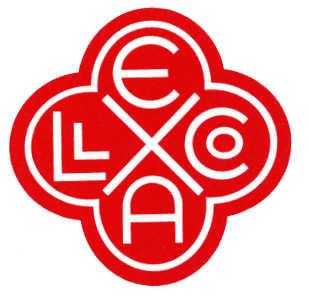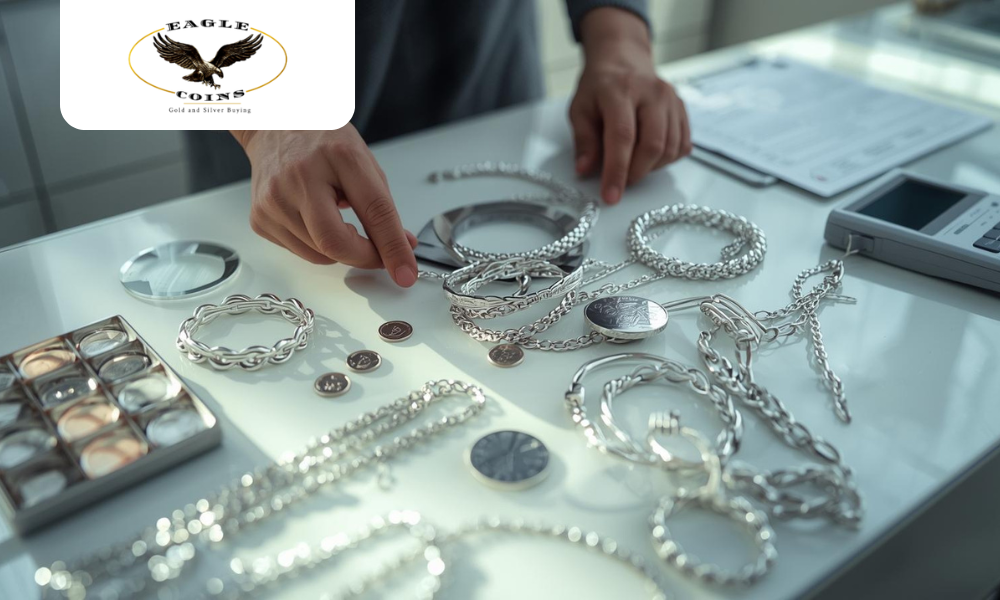We remember when Martha from Chatham brought us a coffee can filled with what she called “old pocket change” from her father’s dresser. “He saved everything,” she said, clearly embarrassed. “I almost threw this out during the estate cleanout, but something told me to bring it here first.”
Inside were hundreds of dimes, quarters, and half-dollars spanning decades. Most were common dates worth face value. But scattered throughout were forty-seven Mercury dimes from the 1940s that changed everything.
“The coin shop in Hyannis said maybe $200 for the silver content,” Martha explained. “They barely looked at them.”
What that coin shop missed completely: sixteen of those Mercury dimes were from 1942/41 overdates, which is a rare minting error that silver collectors hunt for obsessively. Each one worth $175-200 in average condition. The remaining thirty-one included multiple key dates from 1916-D worth $1,200 each and several Full Bands specimens commanding $300-500 premiums.
Final tally: $8,400.
Martha stared at our itemized breakdown. “Dad always said his coins were special, but we thought he was just being sentimental.”
This discovery reveals something crucial about today’s silver market that most people miss entirely. Finding the right place to sell silver isn’t just about any buyer; it’s about finding buyers who understand that silver’s value extends far beyond its $37/oz spot price.
The 91:1 Gold-Silver Ratio Secret
Right now, the gold-silver ratio sits at approximately 91:1, meaning it takes 91 ounces of silver to buy one ounce of gold. This number should shock you because historically, this ratio averages around 67:1.
So where can I sell silver to capitalize on this? Goldman Sachs projects gold reaching $3,700/oz over the coming cycle. If the ratio returns to its historical average of 67:1, silver would hit $55/oz, representing 52% upside from current levels.
But the real opportunity: when the gold-silver ratio stays above 92 (where we are now), silver delivers a median 1-year return of 57% versus gold’s 6.8%, with silver outperforming gold 93% of the time.
This mathematical relationship creates a timing opportunity. Every day you hold silver while this ratio stays elevated, you’re positioned for potentially explosive gains when it reverts to normal.
The Fifth Consecutive Deficit Nobody Talks About
Silver faces its fifth consecutive year of supply deficits in 2025. The global market shows a projected shortfall of 117-149 million ounces, following a 149 million ounce deficit in 2024.
These aren’t small shortages. The combined deficit from 2021-2024 reached 678 million ounces, equivalent to 10 months of global mine supply. When you’re holding an asset that’s literally disappearing from above-ground stockpiles, choosing where to sell silver becomes about timing the scarcity premium.
Industrial demand hit a record 680.5 million ounces in 2024. But what most sellers don’t realize: this isn’t generic industrial use. Specific applications are creating targeted shortages:
- Solar panels: Each installation uses 15-20 grams of silver that’s physically destroyed during manufacturing
- Electric vehicles: Tesla alone consumed 40% more silver in 2025 than 2024
- 5G networks: Require 38% more silver per base station than 4G infrastructure
This isn’t investment speculation driving prices; it’s physical consumption that cannot be recycled or recovered.
The “Paper vs. Physical” Disconnect
COMEX warehouse inventories have declined 45% since 2020. Meanwhile, silver futures trading continues as if unlimited supply exists. This creates what insiders call the “paper versus physical” premium.
When you own physical silver and know where to sell silver to buyers who understand this disconnect, you can capture premiums that paper silver traders miss entirely.
Real example: American Silver Eagles contain approximately $25-30 worth of silver at current spot prices. Yet they’re selling for $65-85 due to this physical premium. That’s 150-200% above metal value, purely because of supply tightness in the physical market.
Cape Cod’s Hidden Silver Advantage
Answering “Where can I sell Silver” in Cape Cod involves understanding our region’s unique collector base and seasonal dynamics.
The “Sandwich Glass Connection”
Cape Cod’s historical glass industry created generations of families who collected silver to complement their antique glass collections. Today, their descendants are selling inherited pieces, creating a specialized market that values provenance and local history.
We regularly see sterling silver pieces from Cape Cod silversmiths like Frank Smith Silver Company (active 1886-1958) selling for 300-400% above melt value to collectors who understand their historical significance.
The Maritime Premium
Silver pieces with nautical themes (compass rose patterns, anchor motifs, ship designs) command premium prices from Cape Cod buyers that mainland dealers can’t match. A sterling silver compass from the 1940s worth $80 in silver content recently sold for $340 to a Provincetown maritime collector.
The Summer Wealth Effect
Cape Cod’s summer population includes significant old money families who view silver purchases as inflation hedges, not collectibles. They’ll pay cash premiums for immediate ownership that off-season buyers won’t match.
Beyond Traditional Silver Buyers
The best places to sell silver extend far beyond coin shops and precious metals dealers:
Electronics Recycling Centers: Many need silver for circuit board repairs and pay premiums for immediate availability. They often overlook collectible value but pay above-spot for scrap silver.
Custom Jewelry Manufacturers: Local artisans creating high-end pieces need silver wire, sheet, and casting grains. They’ll pay premiums for specific alloys and forms that standard dealers don’t stock.
Antique Restoration Specialists: Cape Cod’s antique restoration industry needs period-appropriate silver for repairs. Victorian-era silver components command significant premiums from specialists who can’t source them elsewhere.
Photography Studios: Though largely digital, some fine art photographers still use silver-based processes. They need specific silver compounds and will pay premiums for immediate delivery.
The “Stair-Step Pattern” Timing Strategy
Silver isn’t climbing smoothly; it’s following what analysts call a “stair-step advancement pattern”. After breaking $35, it consolidated above that level. After reaching $37, it built a new floor there.
This pattern creates specific timing opportunities:
Consolidation phases: When silver trades sideways, collectors become active buyers seeking specific dates and conditions
Breakout periods: Industrial buyers compete aggressively for immediate supply
Weekend premiums: Industrial production schedules create higher weekend pricing for physical silver
Right now, we’re in a consolidation phase around $37-38, suggesting the next move could target $40 quickly. But once silver breaks $50 (its 1980 and 2011 high), no historical resistance exists above that level.
The Massachusetts Legal Timing Advantage
Massachusetts requires silver buyers to hold items 5-10 days before resale. This creates a unique arbitrage opportunity: sell Friday afternoon to lock in weekend pricing while the hold period runs through typically lower Monday markets.
Unlike other states with different hold requirements, Massachusetts silver sellers can time their transactions to capture weekend premiums while avoiding Monday market dips.
Finding Buyers Who Understand Silver’s Complexity
Successful silver selling requires matching your specific silver to the right buyer category:
For coins with collectible premiums: Seek certified coin dealers who understand key dates, mint marks, and condition grades. They’ll recognize that your 1916-D Mercury dime isn’t just 90% silver worth $2.50; it’s a key date worth $1,200+.
For sterling silver pieces: Target antique dealers and silver specialists who understand maker’s marks, historical periods, and regional preferences. Your Tiffany & Co. spoon isn’t just silver; it’s a brand premium worth 300-500% above metal value.
For industrial-grade silver: Electronics recyclers and manufacturers often pay above-spot for immediate availability. They need silver for production, not speculation.
For large quantities: Precious metals dealers handle volume transactions with professional testing and immediate settlement. They understand market timing and can offer institutional pricing.
Ready to Unlock Your Silver’s Hidden Value?
Next time you’re wondering ”Where can I sell silver?”, don’t repeat Martha’s near-mistake with her Mercury dimes. But where can I sell silver for maximum value? At Eagle Coins Gold and Silver Buying, our specialists understand both silver’s industrial demand dynamics and its collectible premiums that generic buyers miss completely.


